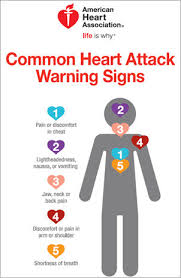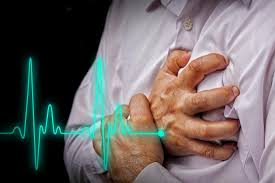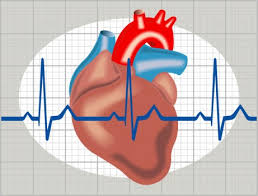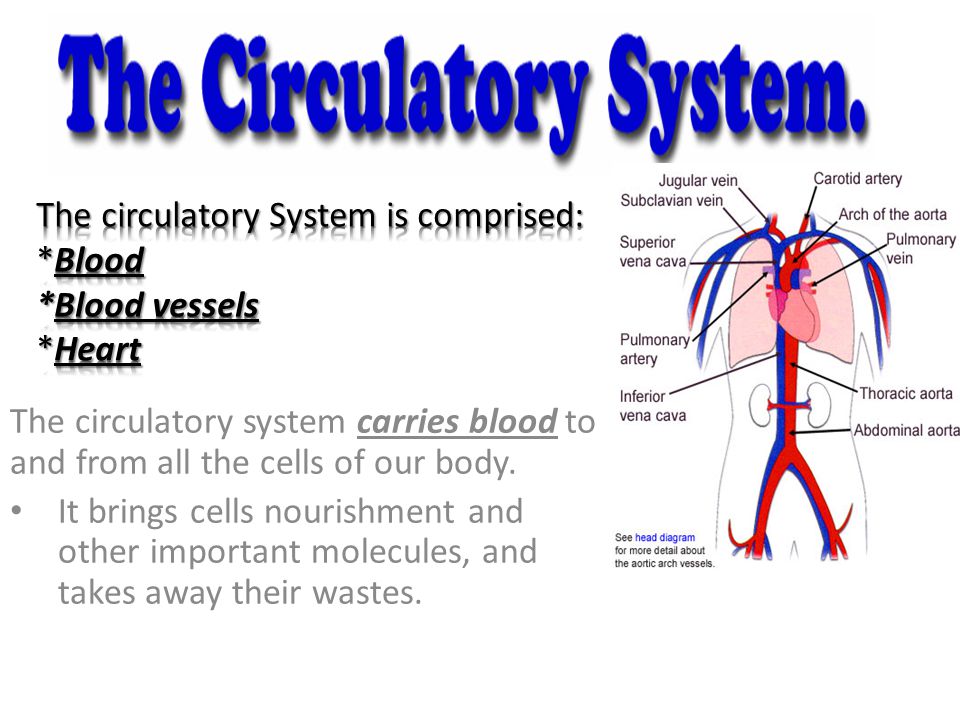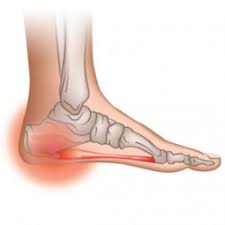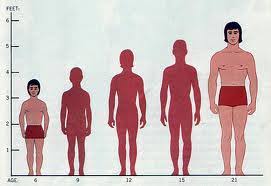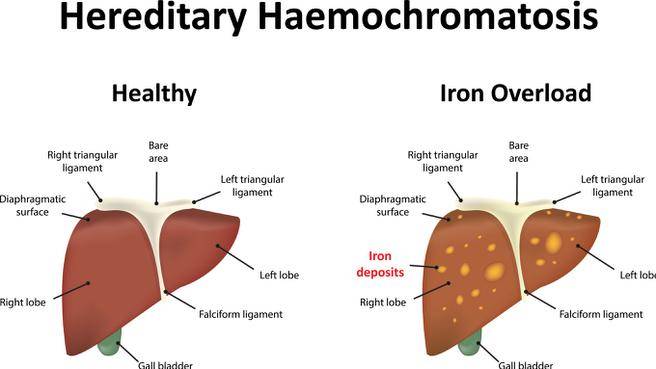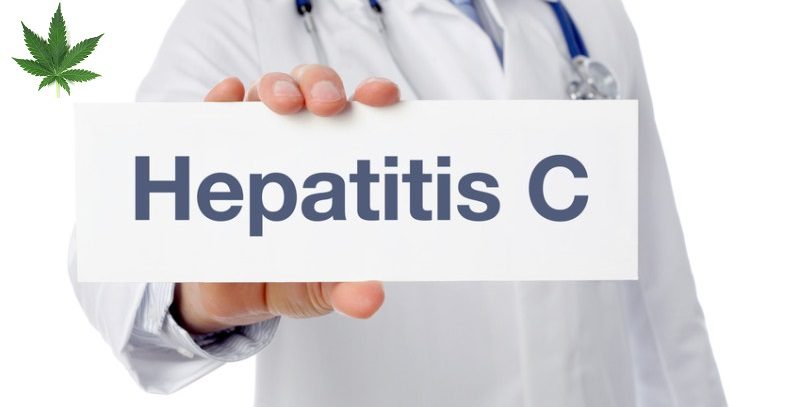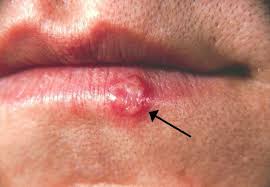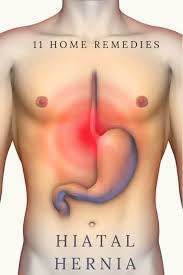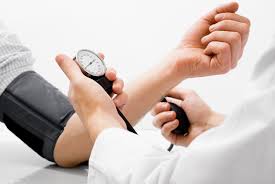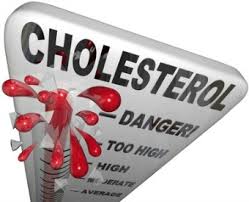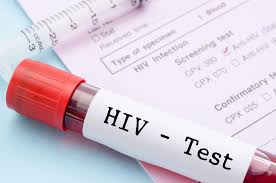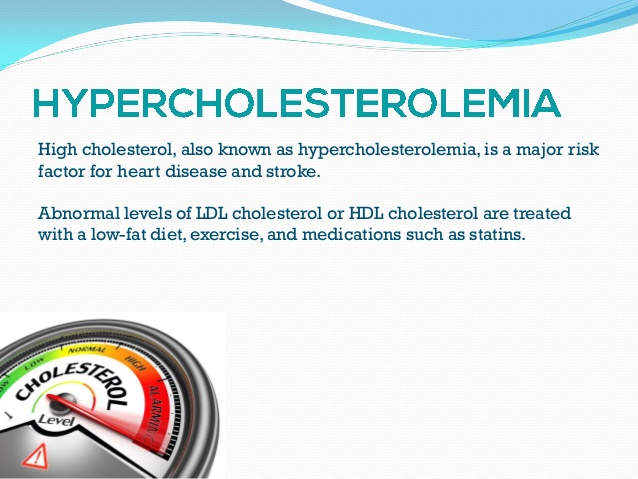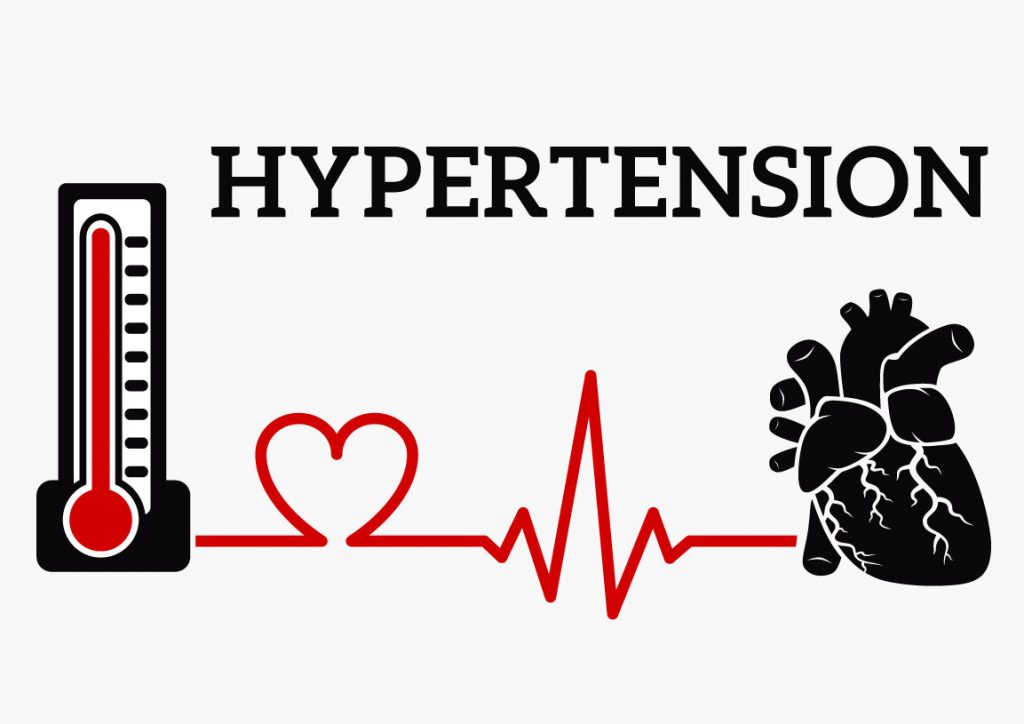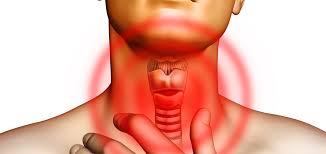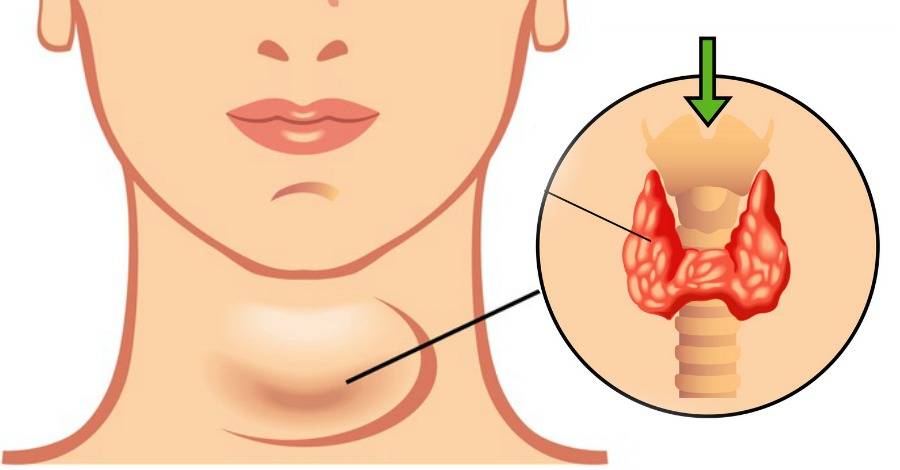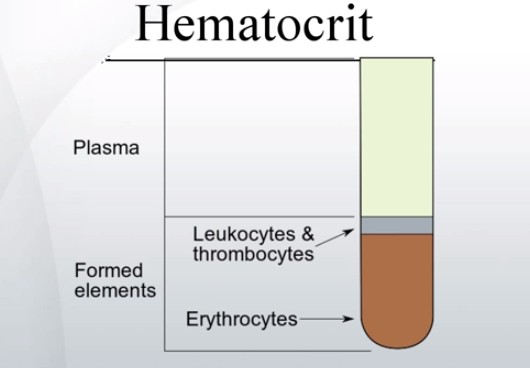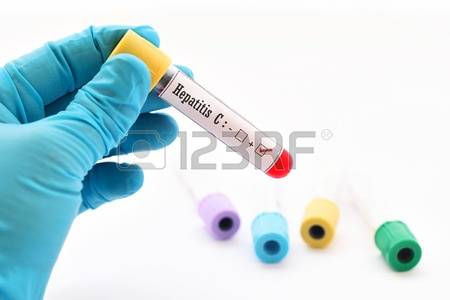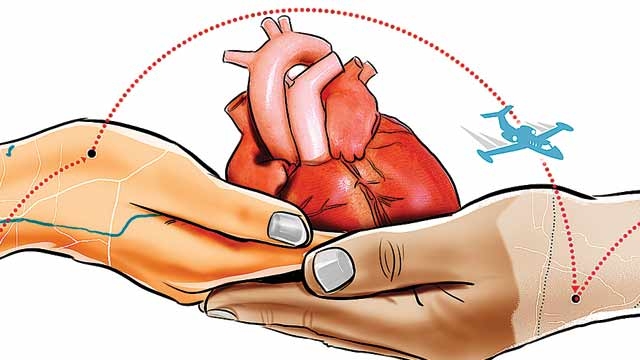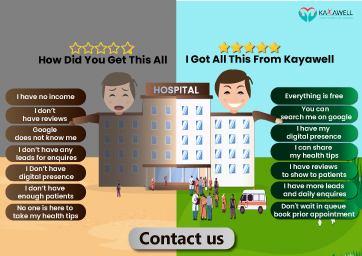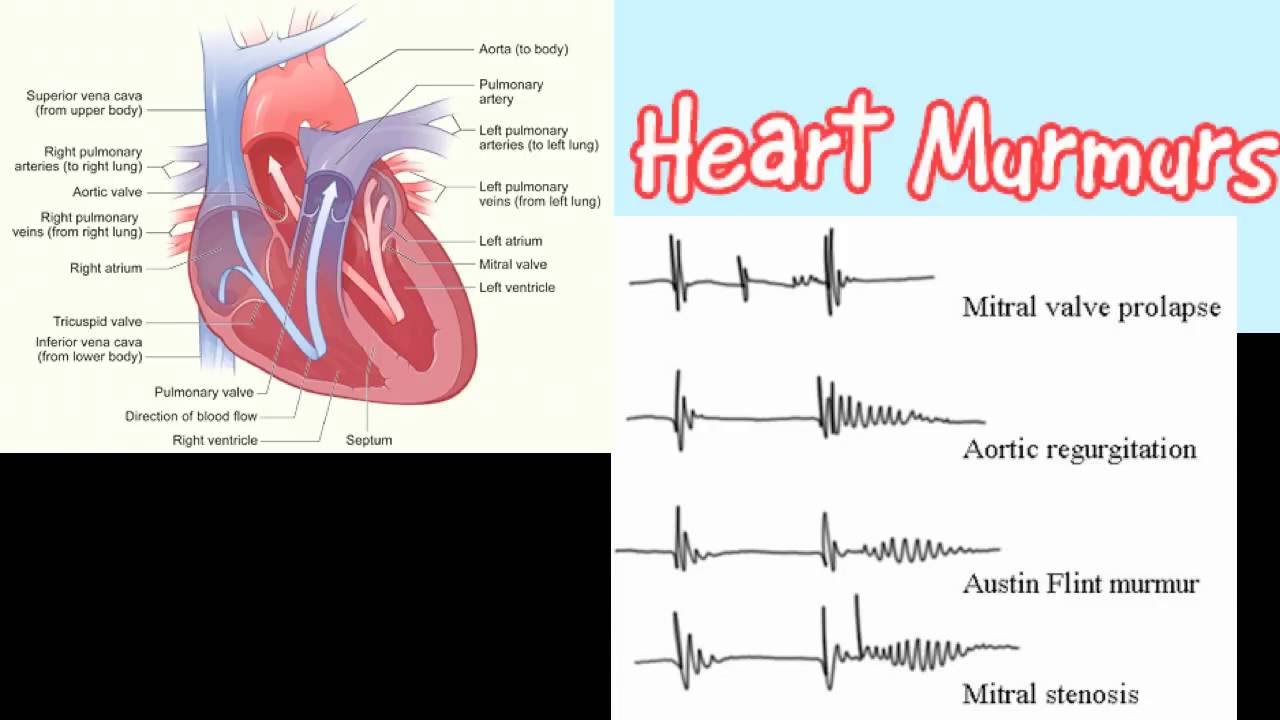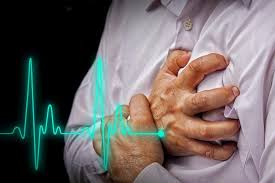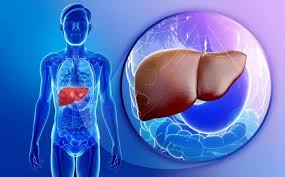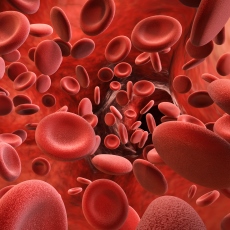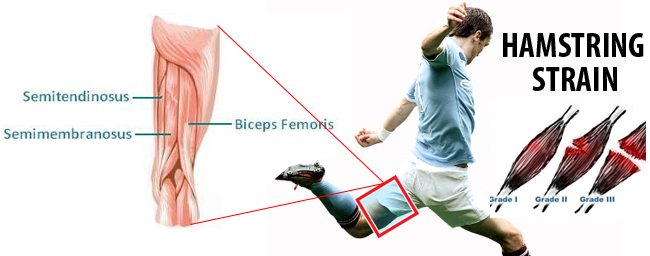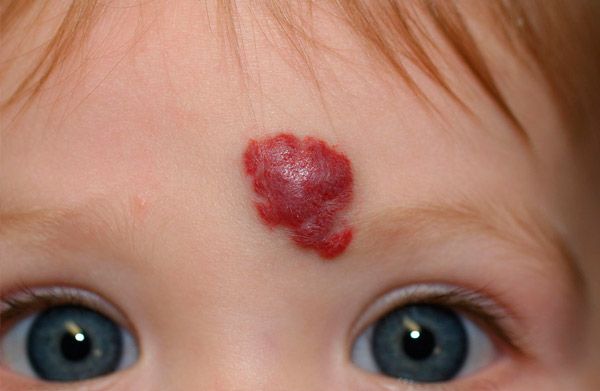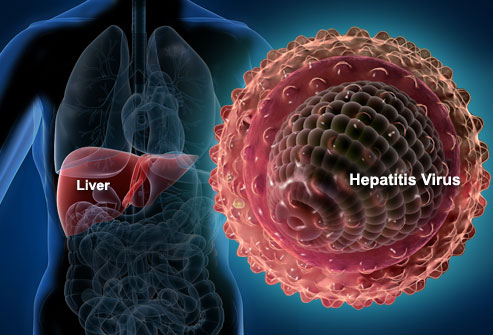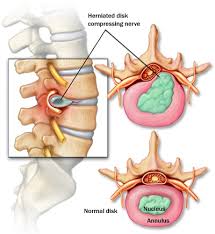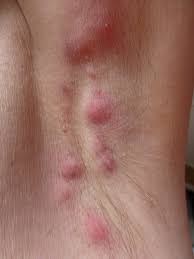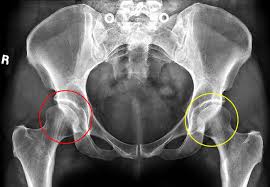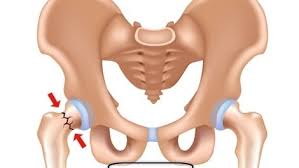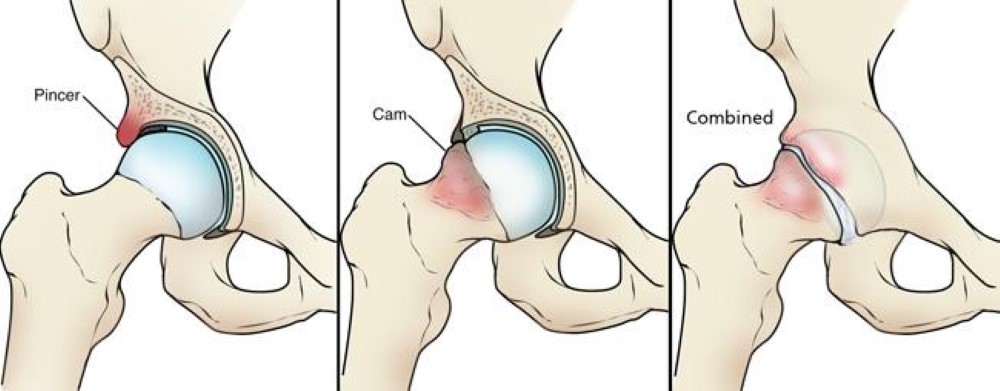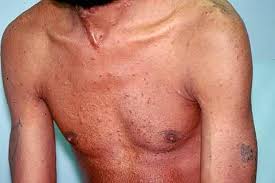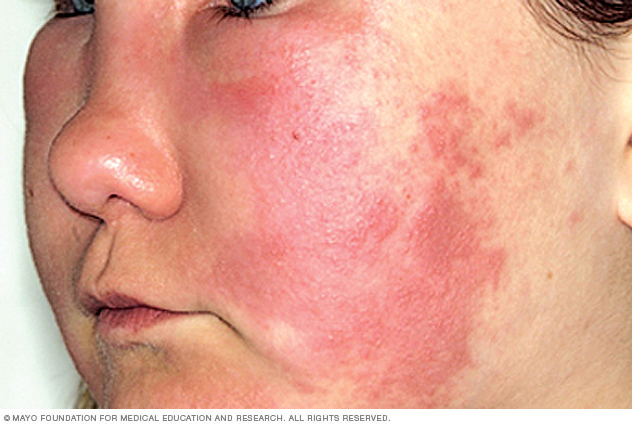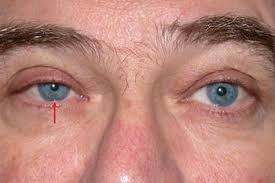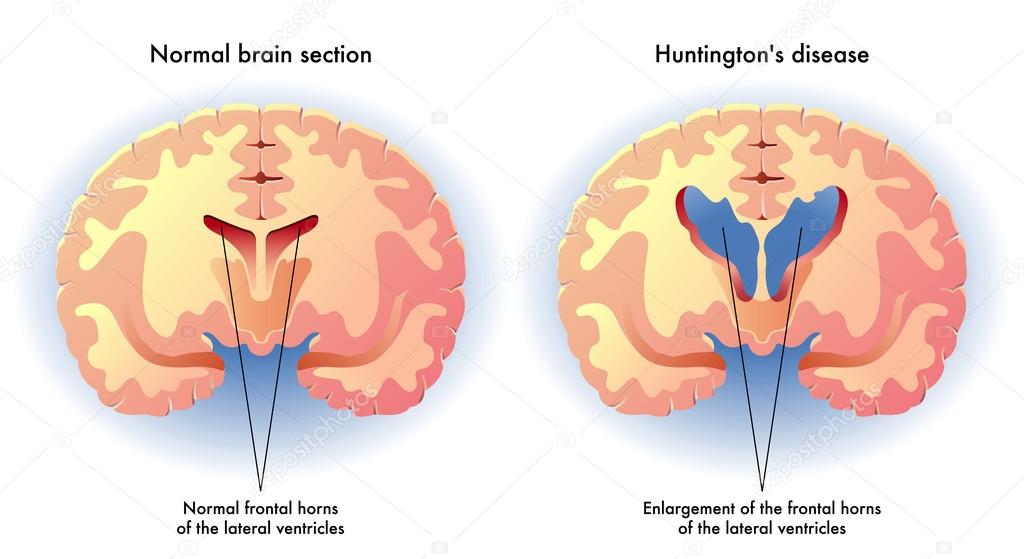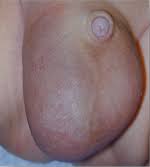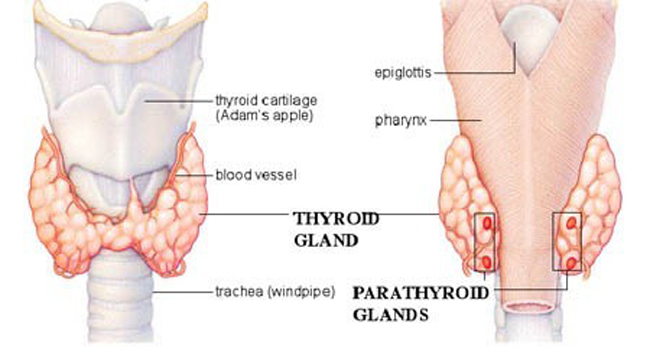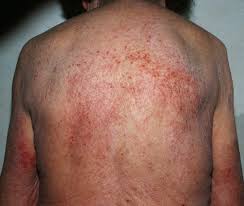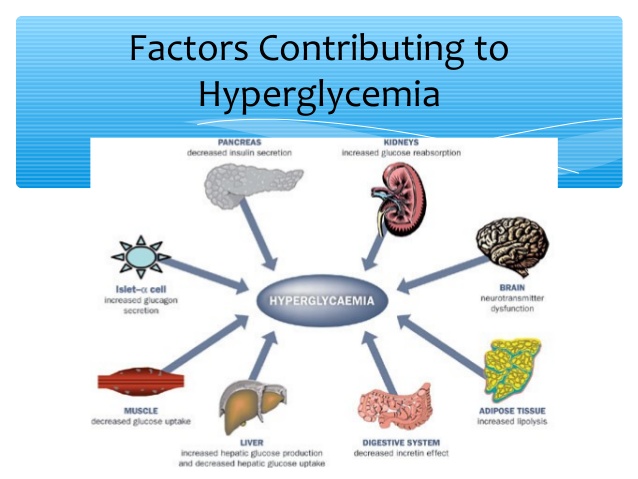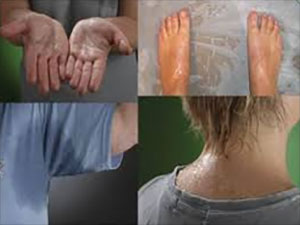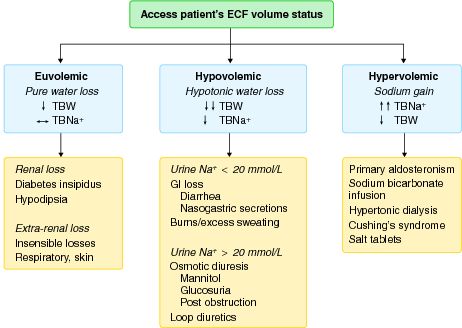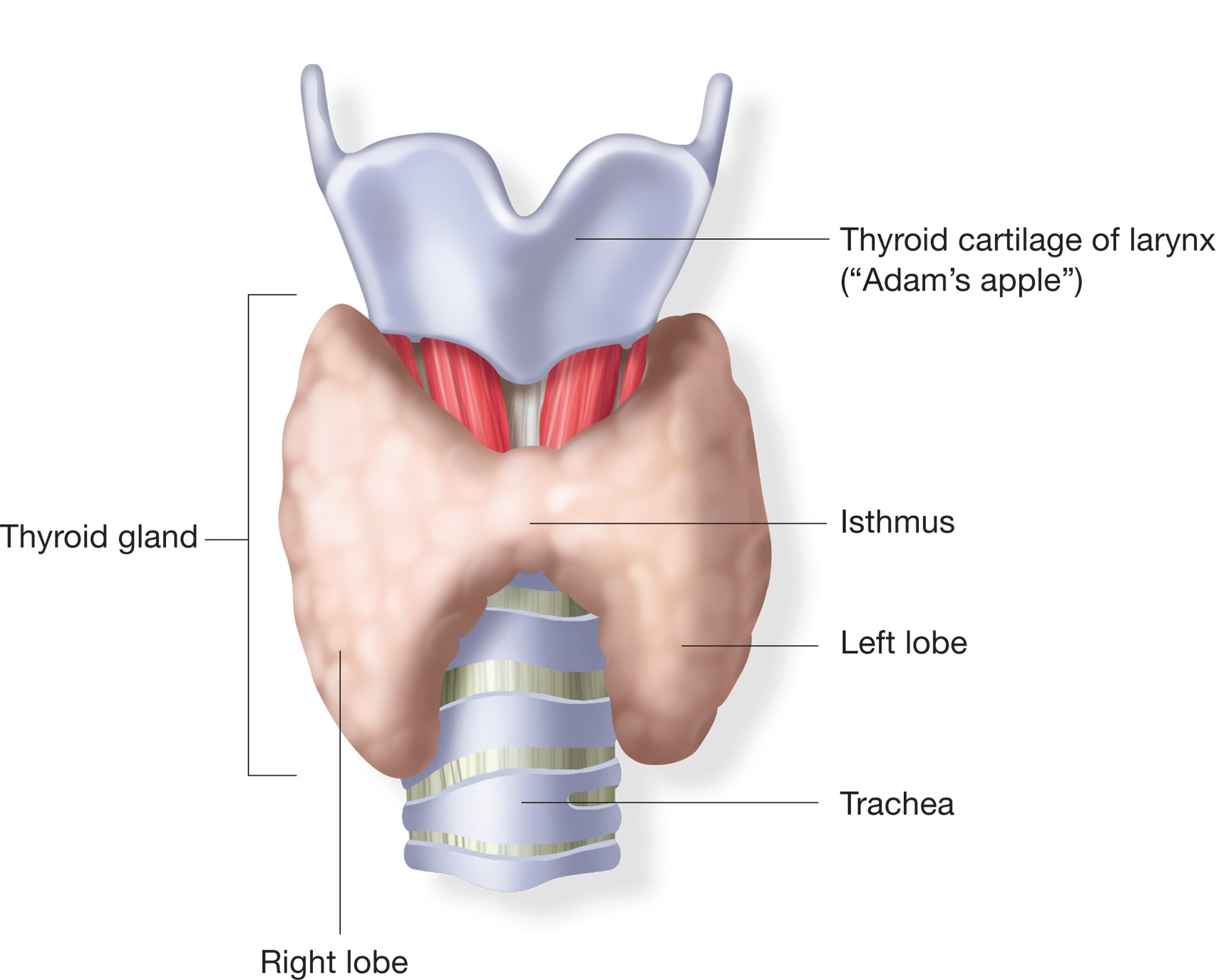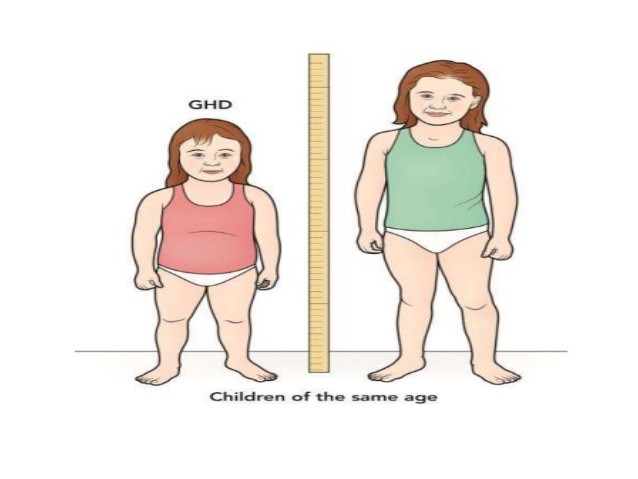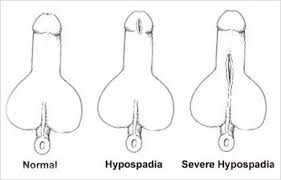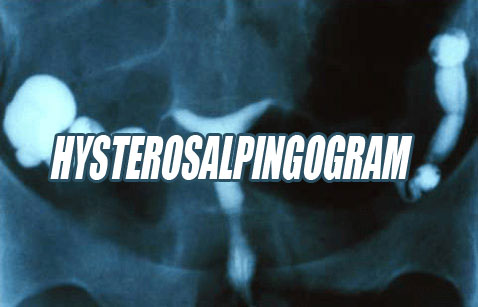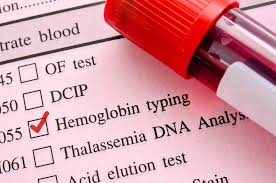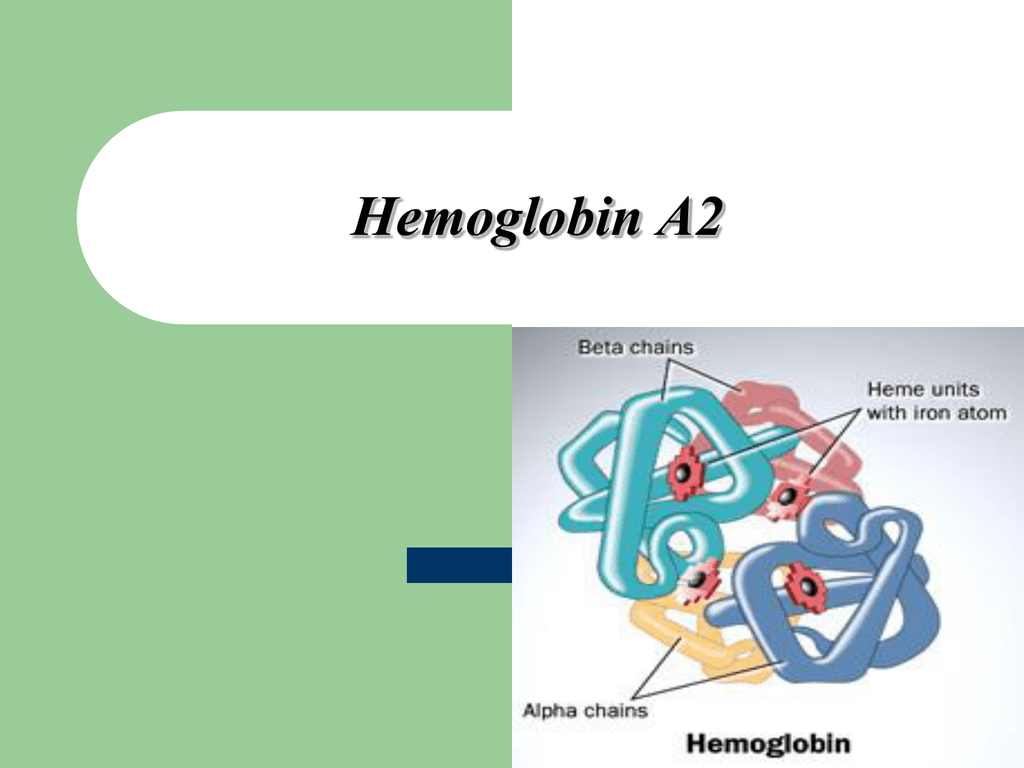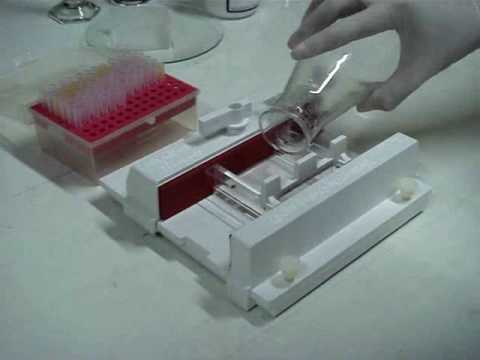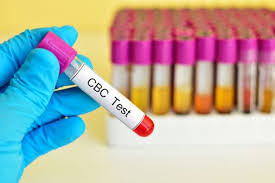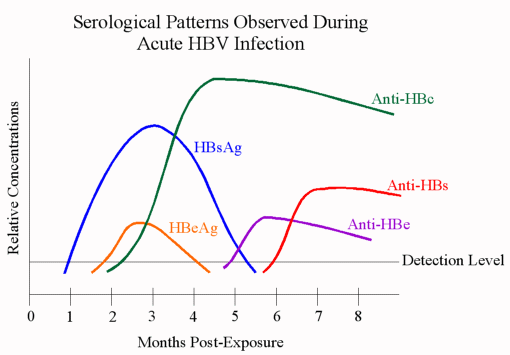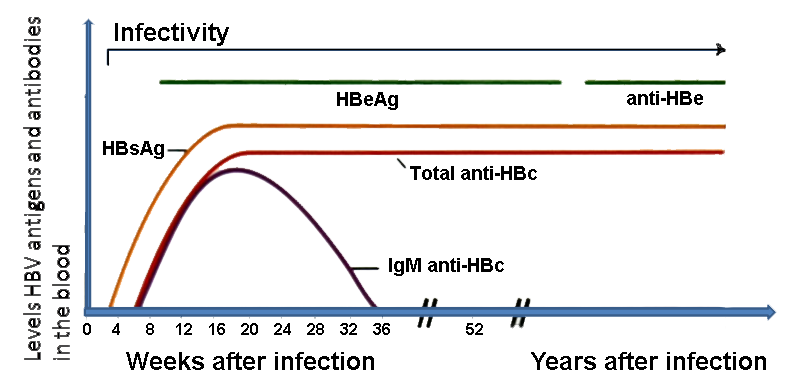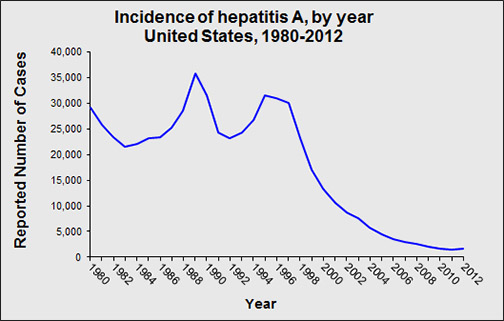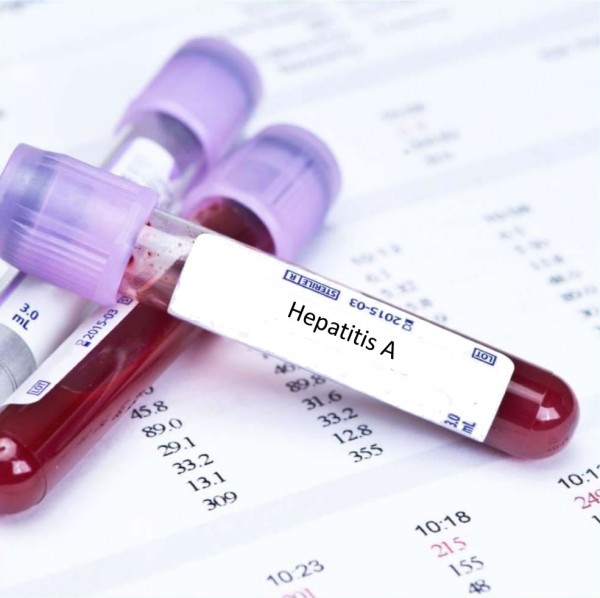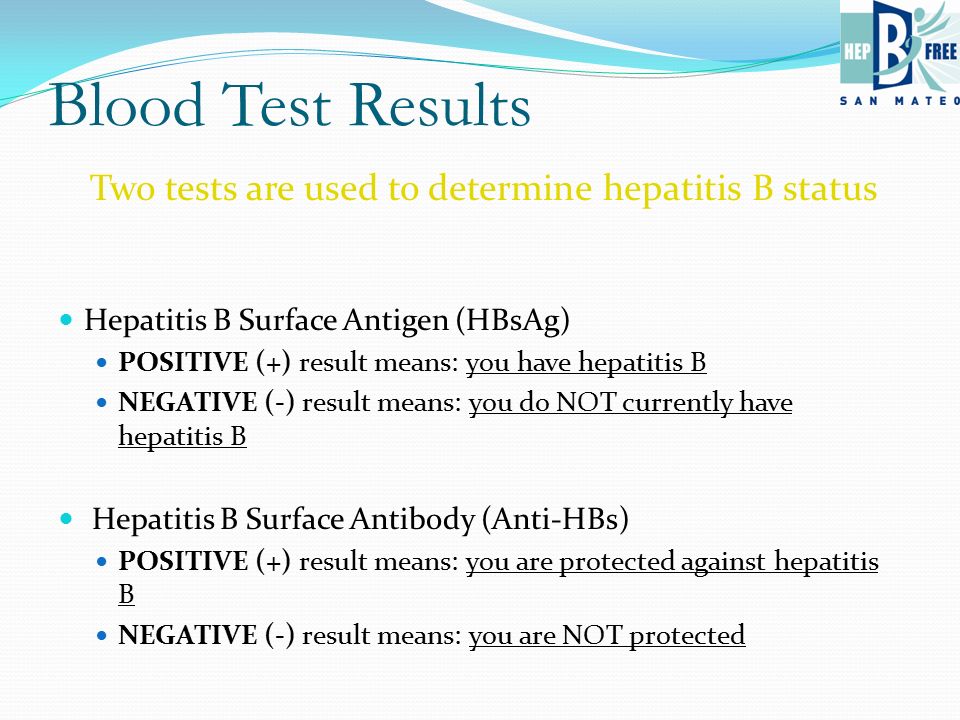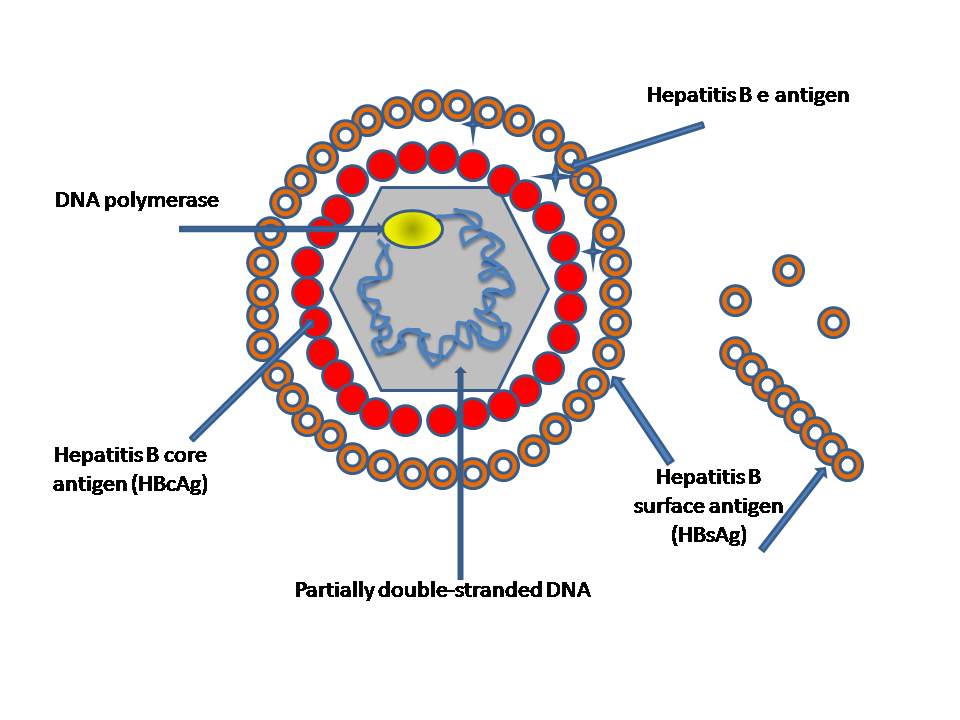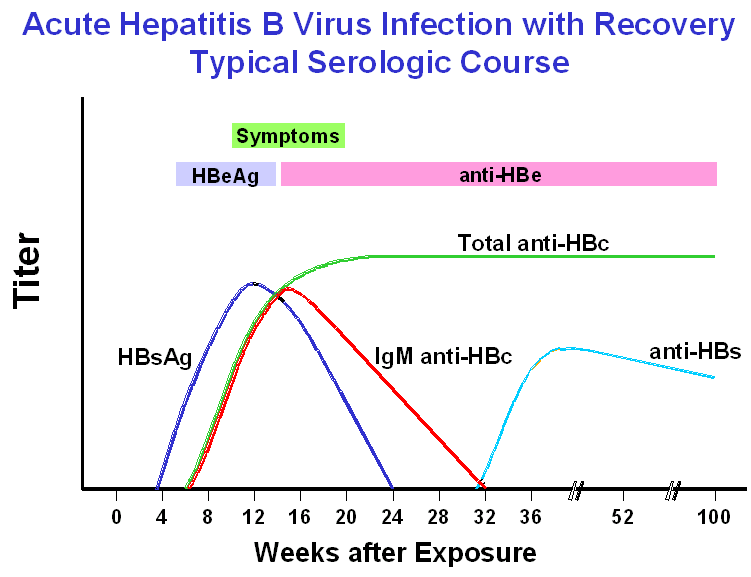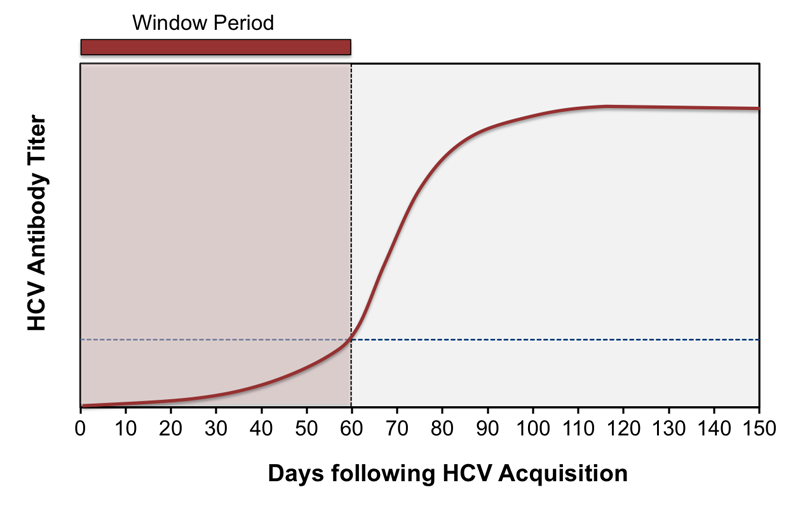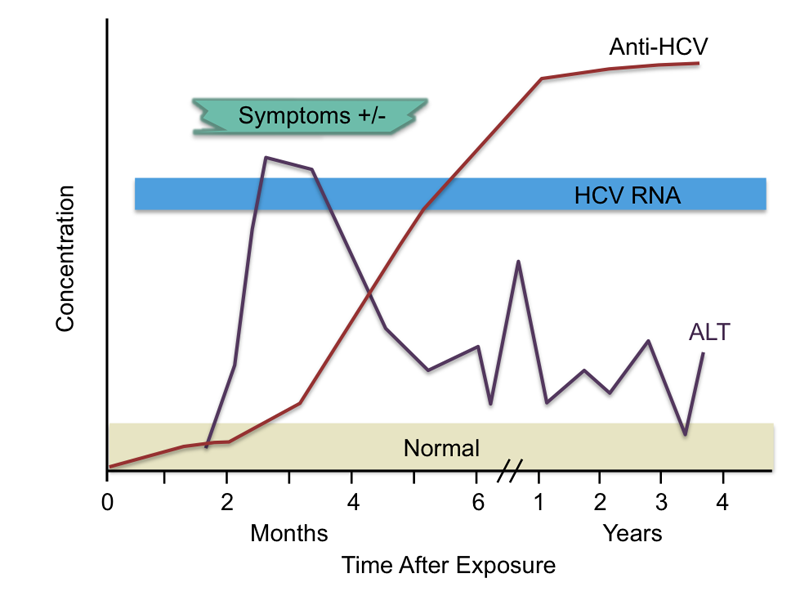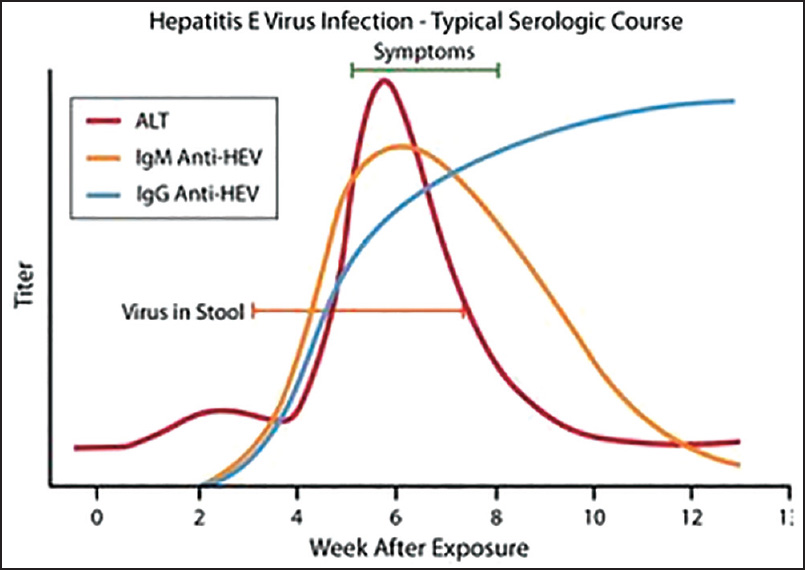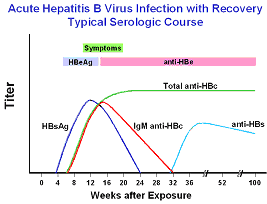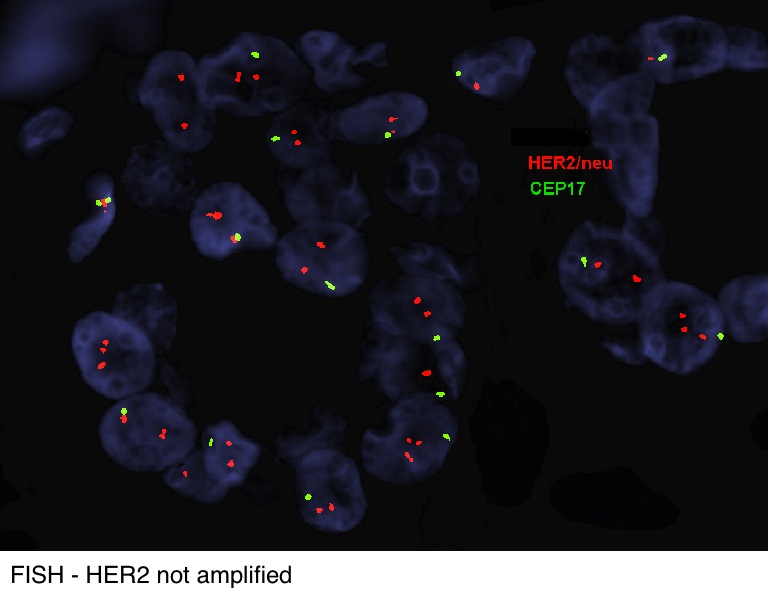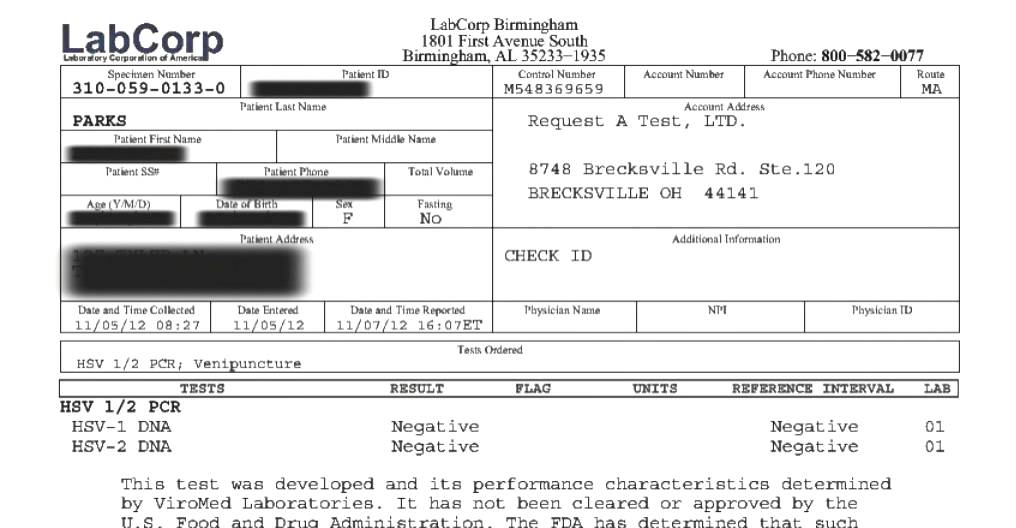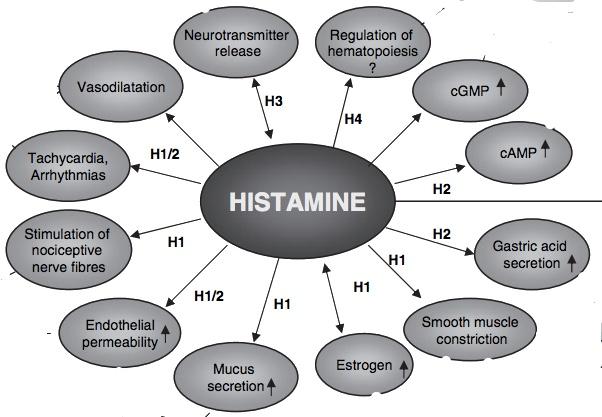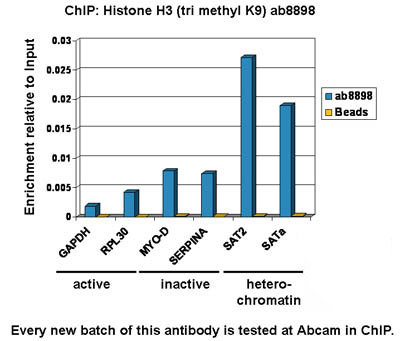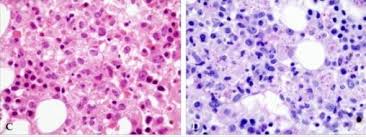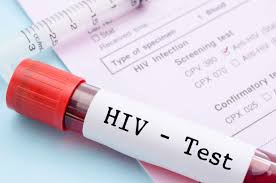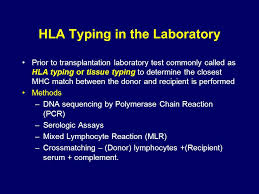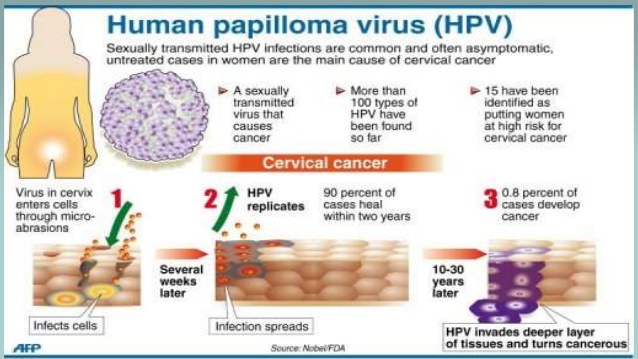Hepatitis B tests detect substances that reflect a current or previous infection with hepatitis B virus (HBV). Some tests detect viral proteins () or the that are produced in response to an infection, while other types of tests detect or evaluate the genetic material () of the virus. The pattern of test results can identify a person who has a current active infection or one who has immunity as a result of previous exposure.
For details on the various tests, see the table under "How is it used?"
Hepatitis is a condition characterized by inflammation and enlargement of the liver. It has several various causes, one of which is infection by a virus. HBV is one of five "hepatitis viruses" identified so far that are known to mainly infect the liver. The other four are hepatitis A, hepatitis C, hepatitis D, and hepatitis E.
HBV is spread through contact with blood or other body fluids from an infected person. Exposure can occur, for example, through sharing of needles for IV drug use or through unprotected sex. People who live in or travel to areas of the world where hepatitis B is prevalent are at a greater risk. Rarely, mothers can pass the infection to their babies, usually during or after birth. The virus is not spread through casual contact such as holding hands, coughing or sneezing. However, the virus can survive outside the body for up to seven days, including in dried blood, and can be passed by sharing items such as razors or toothbrushes with an infected person.
Effective hepatitis B have been available in the U.S. since 1981, and beginning in 1991, health care providers in the U.S. began vaccinating infants at birth. Still, the Centers for Disease Control and Prevention (CDC) estimates that between 804,000 and 1.4 million people in the U.S. are infected with the virus, most of whom are not aware that they are infected.
The course of HBV infections can vary from a mild form that lasts only a few weeks to a more serious form lasting years. Sometimes chronic HBV leads to serious complications such as cirrhosis or liver cancer. Some of the various stages or forms of hepatitis B include:
- infection — presence of typical and with a positive screening test
- Chronic infection — persistent infection with the virus detected by laboratory tests accompanied by inflammation of the liver
- (inactive) state — persistent infection but no liver inflammation (a carrier is someone who may appear to be in good health but harbors the virus and can potentially infect others)
- "Cleared" infection — no longer has any evidence of infection; viral antigen and DNA tests are negative and no signs or symptoms of liver inflammation (although, in many cases, the virus is present in an inactive state in the liver)
- Reactivation — return of HBV infection with liver damage in a person who was a carrier or who had "cleared" infection; this most commonly occurs in persons treated with chemotherapy for cancer or with drugs that suppress the immune system used to treat autoimmune diseasesor following an organ transplant.
Though a potentially serious infection, acute HBV infection usually resolves on its own in most adults. Infants and children tend to develop a chronic infection more often than adults. Approximately 90% of infants infected with HBV will develop a chronic condition. For children between the ages of one and five, the risk of developing chronic hepatitis drops to between 25% and 50%. Over the age of five, only 6% to 10% of HBV infections become chronic.
The vast majority of those with chronic infections will have no symptoms. For acute infections, the symptoms are very similar to those of other types of acute hepatitis. Symptoms include fever, fatigue, nausea, vomiting, and jaundice. With acute hepatitis, the liver is damaged and is not able to function normally. It may not process toxins or waste products such as bilirubin for their removal from the body. During the course of disease, bilirubin and liver enzyme levels in the blood may increase. While tests such as bilirubin or a liver panel can tell a health practitioner that someone has hepatitis, they will not indicate what is causing it. Tests that detect infection with a hepatitis virus may help determine the cause.
Hepatitis B testing can be used to screen for infection in the absence of symptoms, to determine whether infection is acute or chronic, or to monitor a chronic infection and the effectiveness of treatment. Initial testing may include the following, often performed together as a panel of tests:
- Hepatitis B surface antigen
- Hepatitis B surface antibody
- Total hepatitis B core antibody (IgM and IgG)
Additional or follow-up testing may include:
- IgM antibody to hepatitis B core antigen
- Hepatitis B e-antigen
- Anti-hepatitis B e antibody
- Hepatitis B viral DNA
- Hepatitis B genotyping
Two tests, hepatitis B surface Ag and hepatitis B core antibody, IgM, may be performed as part of an acute viral hepatitis panel.

 Contact Us
Contact Us
 Sign In
Sign In Patient Sign Up
Patient Sign Up



 Hospitals
Hospitals
 Diagnostic
Diagnostic
 Pharmacy
Pharmacy
 Health Tips
Health Tips
 Blog
Blog
















